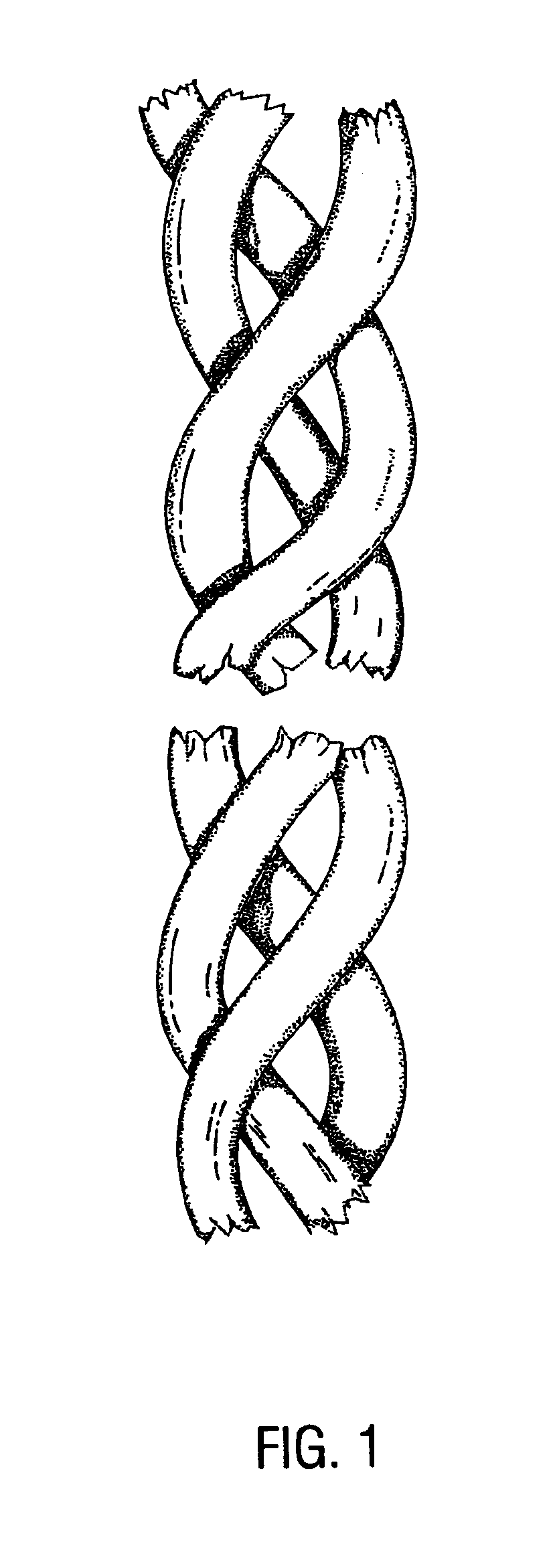Particulate acellular tissue matrix
a cell wall and tissue technology, applied in the field of particulate acellular tissue matrix, can solve the problems of affecting the clinical application of the material, the ease of use by the physician and the cost of the procedure, and the patient receiving xenogenic grafts being susceptible to an immune respons
- Summary
- Abstract
- Description
- Claims
- Application Information
AI Technical Summary
Benefits of technology
Problems solved by technology
Method used
Image
Examples
Embodiment Construction
[0014]Acellular tissue matrix tissue is the result of a multistep process in which the tissue is collected from a donor and processed so as to isolate the natural tissue matrix. In its preferred form, the process includes the steps of processing biological tissues including treatment with a stabilizing solution to reduce procurement damage, treatment with a processing solution to remove cells and other antigenic tissue components, treatment with a cryoprotectant solution, freezing and storage under specific conditions to avoid functionally significant damaging ice crystal formation, drying under conditions to prevent damaging ice recrystallization, storage in the dry state at above freezing temperatures, rehydration under specific conditions and with a rehydration solution to minimize surface tension damage and further augment the selective preservation of the matrix, and reconstitution with viable cells that will not be rejected by the host.
[0015]The above summarized process for pr...
PUM
| Property | Measurement | Unit |
|---|---|---|
| particle size | aaaaa | aaaaa |
| particle size | aaaaa | aaaaa |
| temperatures | aaaaa | aaaaa |
Abstract
Description
Claims
Application Information
 Login to View More
Login to View More - R&D
- Intellectual Property
- Life Sciences
- Materials
- Tech Scout
- Unparalleled Data Quality
- Higher Quality Content
- 60% Fewer Hallucinations
Browse by: Latest US Patents, China's latest patents, Technical Efficacy Thesaurus, Application Domain, Technology Topic, Popular Technical Reports.
© 2025 PatSnap. All rights reserved.Legal|Privacy policy|Modern Slavery Act Transparency Statement|Sitemap|About US| Contact US: help@patsnap.com


